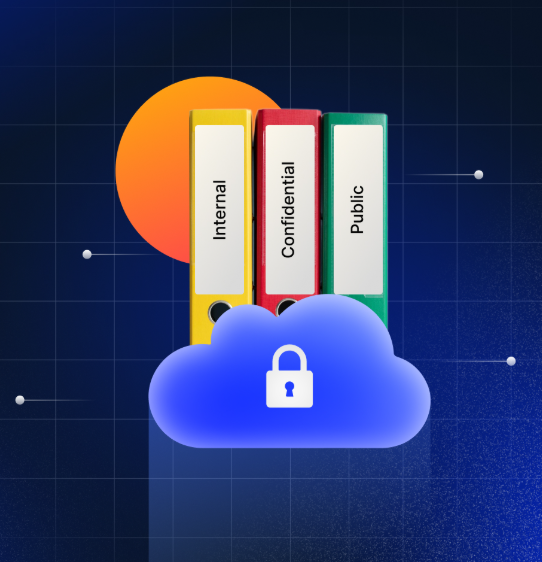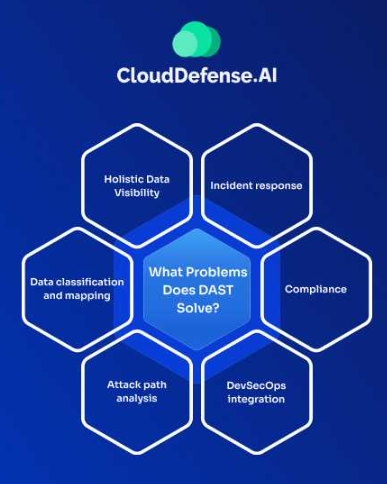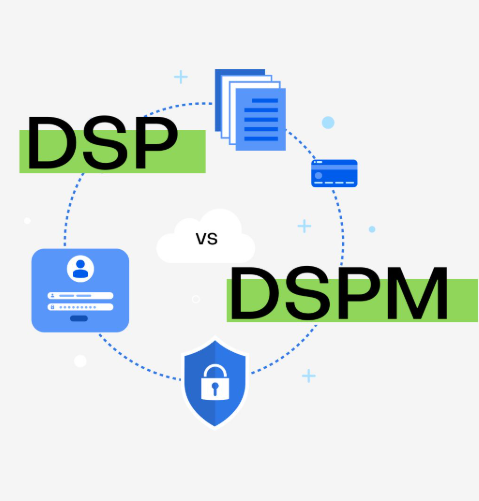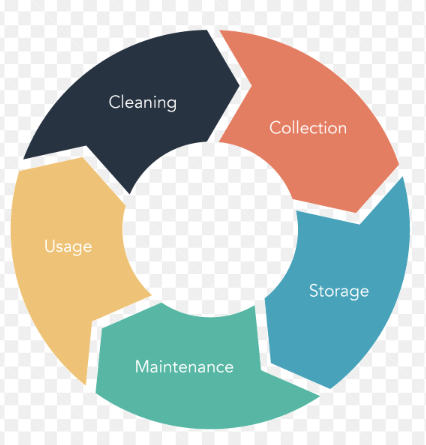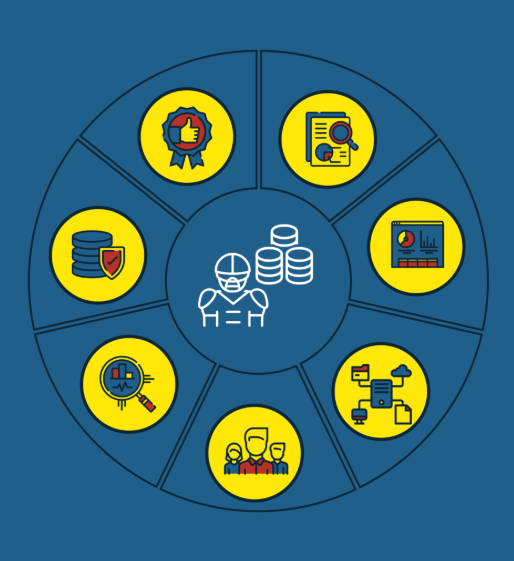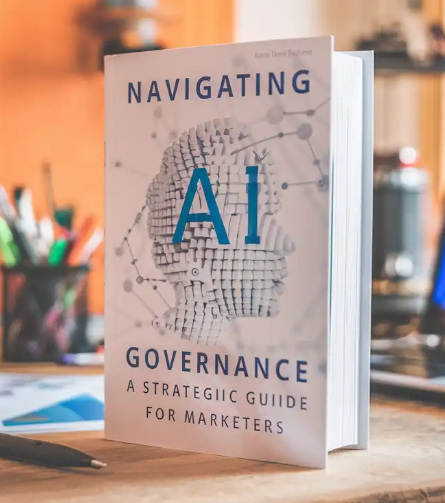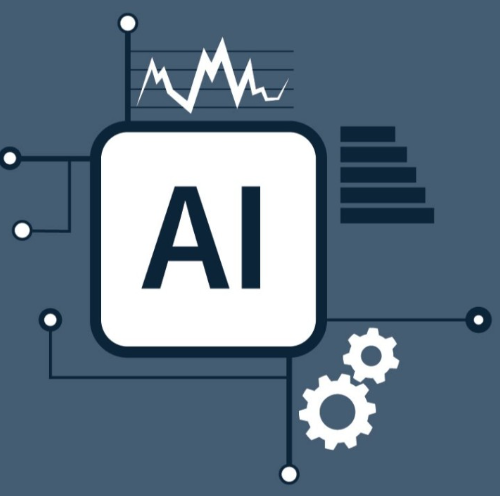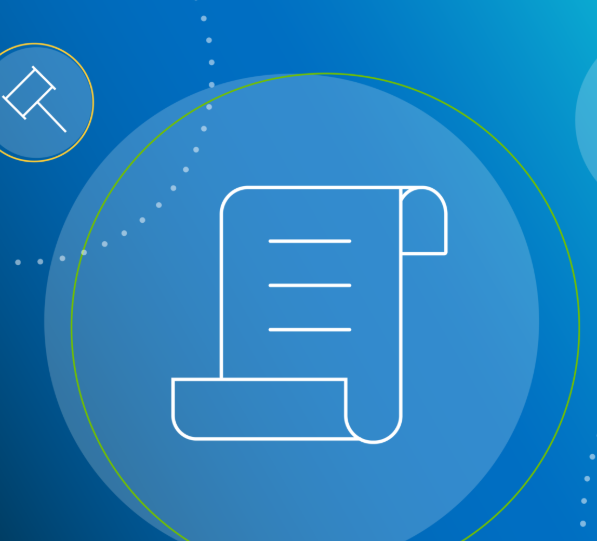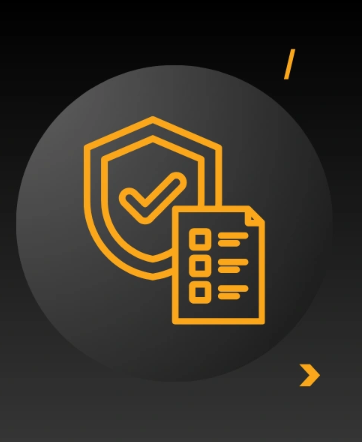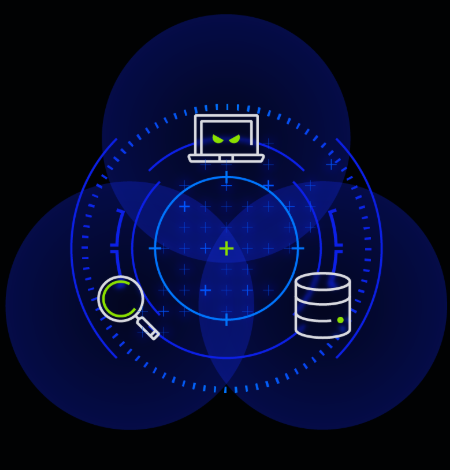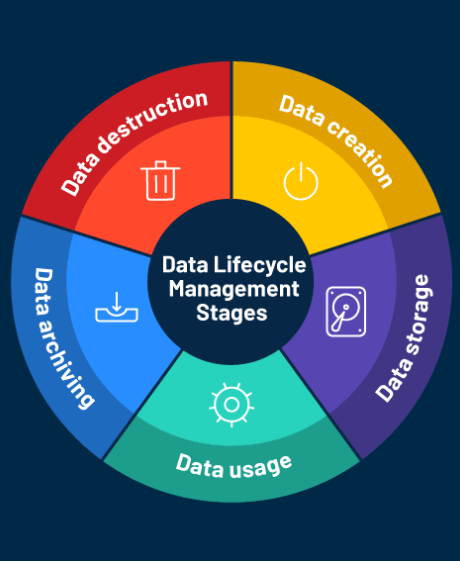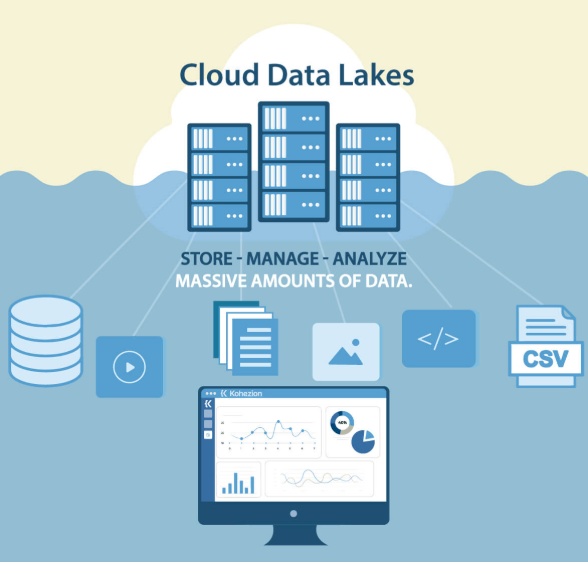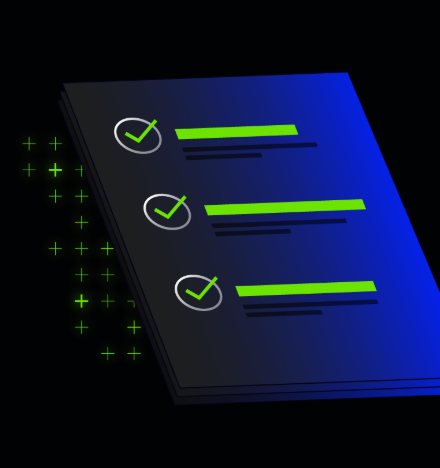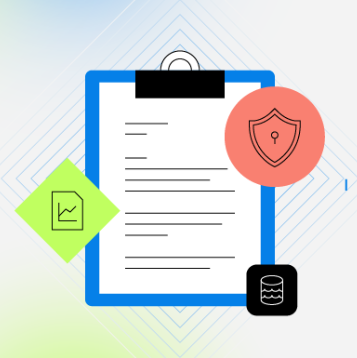
In today’s data-driven world, organizations face the challenge of managing an ever-growing volume of content. From personal information and financial records to multimedia files, ensuring this data is properly classified and securely handled is critical. The need for efficient content classification and policy enforcement has led businesses to adopt machine learning (ML) technologies. With the help of AI-driven tools, companies can now automate these processes, ensuring both accuracy and compliance at scale.
What Is Content Classification and Policy Application?
Content classification involves organizing data into specific categories based on its characteristics, such as identifying sensitive personal information or categorizing documents according to compliance needs. Once classified, appropriate policies, such as data retention, encryption, and access restrictions, are applied to ensure that data is handled securely and in line with legal requirements.
Traditionally, this process involved manual tagging or relying on preset rules. Today, with machine learning, businesses can automate these tasks, improving efficiency, consistency, and reducing the risk of human error.
How Machine Learning Transforms Content Classification
Machine learning, particularly using techniques like natural language processing (NLP) and deep learning, enables systems to classify content not just by keywords, but by understanding context and meaning. Here’s how machine learning enhances content management:
1. Automated Data Classification
ML algorithms can automatically analyze and categorize large amounts of data, such as emails, documents, and multimedia files. By identifying key features within the content, the system can differentiate between different types of information, like personal data or business-critical documents. With ongoing training, machine learning models continuously improve, becoming more adept at classifying new content accurately and efficiently.
2. Context-Aware Policy Application
Once content is classified, machine learning systems can apply relevant policies based on the classification and data context. For example, personal data may trigger encryption or restricted access, while less sensitive content like marketing materials can be handled with more relaxed policies. This ability to apply policies based on context ensures compliance and streamlines workflows.
3. Real-Time Data Protection
Machine learning systems can operate in real-time, monitoring new content as it is created or uploaded and automatically applying the necessary policies. This proactive approach helps prevent data breaches and compliance issues before they occur, ensuring sensitive data is always protected.
4. Scalability to Handle Growing Data
As your organization’s data volume increases, managing it manually becomes unsustainable. Machine learning can seamlessly scale to handle massive datasets, classifying and enforcing policies across terabytes of data in seconds. Whether you’re dealing with structured data or unstructured content like emails and videos, machine learning can ensure that all data is classified and managed appropriately.
The Benefits of Automating Classification and Policy Enforcement
1. Ensuring Compliance
For highly regulated industries like finance, healthcare, and legal sectors, automating classification and policy enforcement ensures that businesses consistently meet both internal and external regulatory requirements. Machine learning helps maintain compliance across all systems without relying on manual processes.
2. Reducing the Risk of Data Breaches
By accurately classifying sensitive information such as personally identifiable information (PII) and financial records, machine learning ensures that appropriate security measures are applied, like encryption or restricted access. This significantly reduces the risk of accidental exposure or data breaches.
3. Improving Operational Efficiency
Automating classification and policy enforcement saves time and reduces the administrative burden on employees. With less time spent on manual data management, teams can focus on more strategic activities, ultimately boosting operational efficiency and reducing the risk of human error.
4. Cutting Costs
Manual data classification and policy enforcement can be time-consuming and costly, especially as data grows. Machine learning automation minimizes the need for extensive human intervention, resulting in long-term cost savings and improved resource allocation.
5. Flexibility and Adaptability
Machine learning systems continually learn from new data, adapting to changes in business requirements, regulations, and emerging threats. This adaptability ensures your data management processes remain up-to-date and effective, even as your business evolves.
Automating Data Governance with Machine Learning
As businesses accumulate more data, automating content classification and policy enforcement is becoming increasingly essential. Machine learning allows organizations to ensure accurate classification, enforce the right policies, and safeguard data, all while enhancing compliance, security, and operational efficiency.
For companies looking to streamline their data governance and compliance efforts, investing in an ML-powered platform can provide the tools necessary to automate these critical tasks. By leveraging intelligent technologies to manage content classification and policy application, businesses can reduce risks, ensure compliance, and improve the efficiency of their data management processes.




